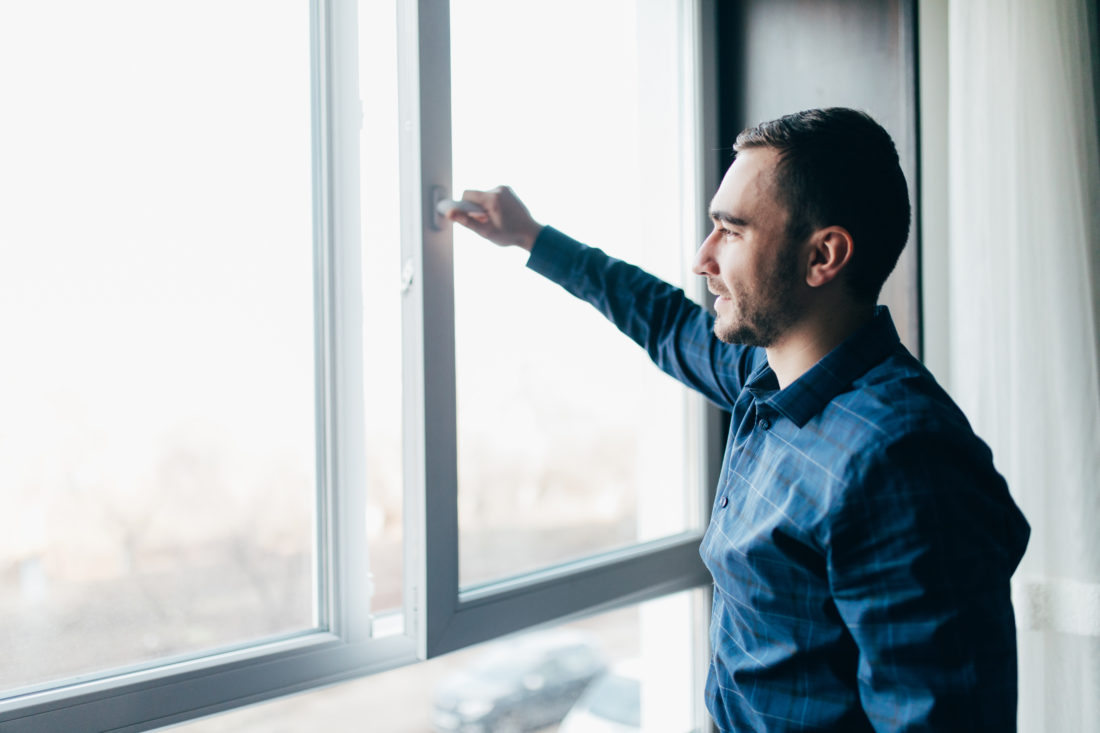
Healthy Homes Standards – Section 5: Draught stopping
Did you know that as a landlord it is your responsibility to make sure your rental property doesn’t have unreasonable gaps or holes in walls, ceilings, windows, skylights, floors, and doors which could cause a noticeable draught? If your property has a draught the likelihood of it having lower temperatures is increased, which can make it more expensive for your tenants to heat their home. Fixing these draughts can be an easy and affordable way to reduce your tenants’ heating bills and keep the rental homes warm and dry.
Draught stopping standard
It is a landlords’ responsibility to provide rental properties in a reasonable state of repair. The age and condition of your rental property can not be used as a reason to not stop gaps or holes.
As a rule of thumb, gaps or holes with a width greater than 3mm in or around the walls, ceilings, windows, doors, and floors that let air into or out of the home will usually require blocking to prevent unreasonable draughts. This means that if the edge of a New Zealand $2 coin can fit in the gap, then the gap needs to be sealed.
Common causes of gaps larger than 3 mm are:
Walls, ceilings, and floors
- gaps at the junction of the wall and ceiling (often around scotia or cornices)
- gaps at the junction of the wall and floor (often around skirting boards)
- holes in walls or ceilings
- holes or gaps in floorboards
- unnecessary gaps around electrical and plumbing passages
- decommissioned ventilation devices
- gaps around roof space/loft hatches.
External doors and windows
- poorly fitting windows or doors
- excessive clearance between the bottom of the door and the floor
- broken or loose hinges catches or latches that prevent the door or window closing tightly
- broken or poorly fitted pet doors
- broken or cracked windows or doors.
If your rental property has an open fireplace, it must be closed off or the chimney must be blocked to stop any draughts in and out of the house through the fireplace. A tenant can ask you to make the fireplace available for use, but this must be in writing. If the fireplace is available for use, it must be in good working order and free of any gaps which could cause draughts that are not necessary for the safe and efficient operation of the fireplace.
It is best practice to record any agreement between you and your tenant in writing, with both you and your tenant, keeping a copy. Click here to download a guide with more specific information.
Doors
It’s important that your rental property’s doors do not have any unreasonable gap which causes a noticeable draught. If there is a noticeable draught you must stop this draught. There is no set maximum gap for doors, however, the technical guidance document will help you identify when a gap is unreasonable.
If you have a new tenancy or renewed tenancy, your rental property must comply with the healthy homes standards within 90 days from this date. If you do not meet your obligations under the healthy homes standards, you will be in breach of the Residential Tenancies Act 1986 and may be liable for exemplary damages of up to $7,200.
It is never recommended that you conduct your own healthy homes inspections. Our property inspectors are always here to help you. Call us today to eliminate the risk of getting it wrong. Book a healthy homes inspection with one of our experienced team members at 0800 422 386.
